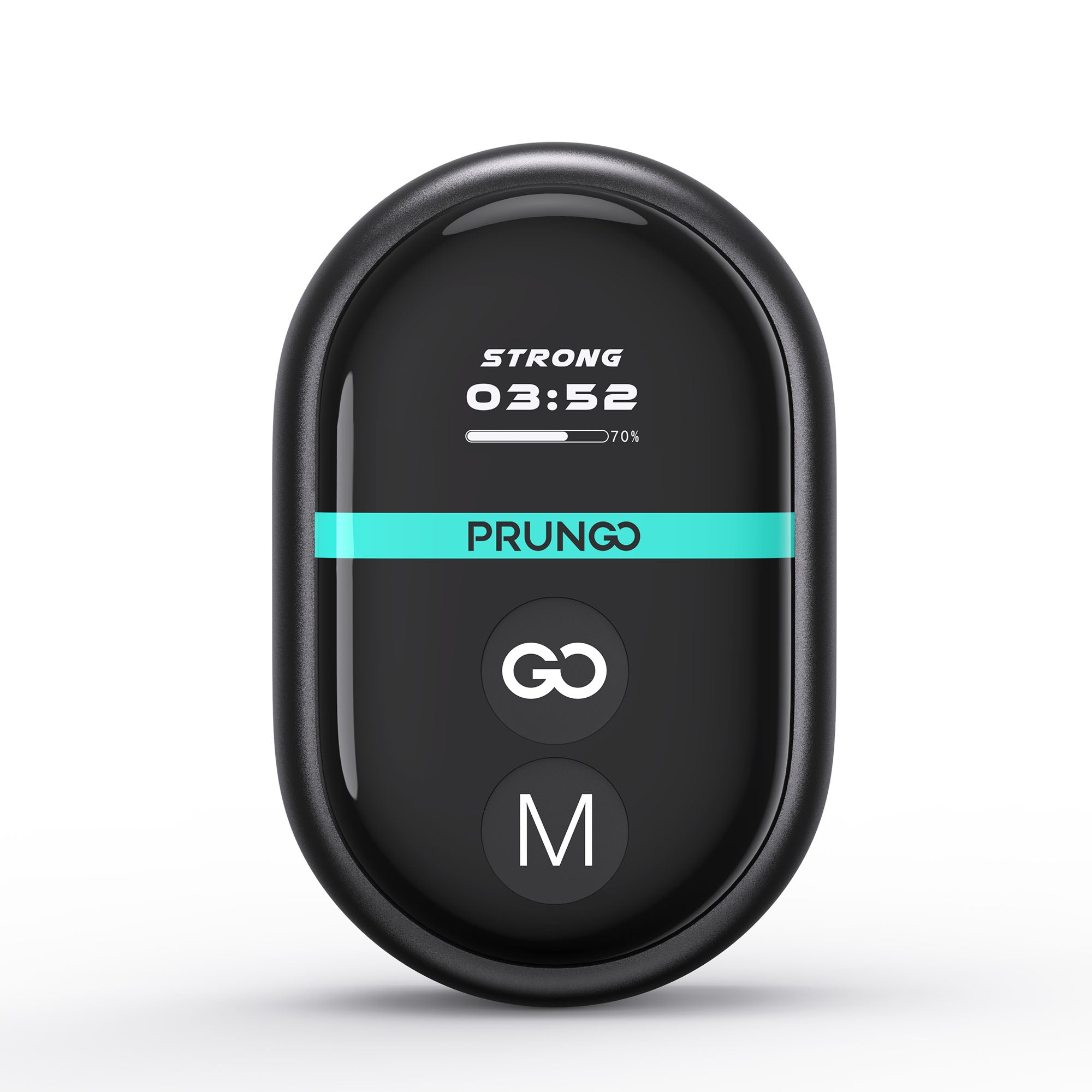
Shoulder pain | Causes and treatments
Shoulder pain | Causes and treatments
Shoulder pain, a common ailment impacting daily life, deserves our attention and understanding. Unveil the mysteries surrounding shoulder pain causes and treatments as we embark on a journey towards comprehensive insights. From common triggers to effective interventions, this guide is your key to unlocking wellness. Explore the depths of shoulder pain, and let's navigate this landscape together.
What causes shoulder pain?
Shoulder pain refers to any discomfort or pain experienced in or around the shoulder joint, which is a complex structure comprised of bones, muscles, tendons, and ligaments. It can vary from mild to severe and may be acute (sudden onset) or chronic (persistent).
Common causes of shoulder pain include:
Rotator Cuff Injuries: Injuries to the group of muscles and tendons that surround the shoulder joint.
Frozen Shoulder (Adhesive Capsulitis): Stiffness and pain in the shoulder joint that gradually worsen over time.
Tendonitis: Inflammation of tendons, often due to overuse or repetitive movements.
Bursitis: Inflammation of the fluid-filled sacs (bursae) that cushion the joints.
Arthritis: Inflammation of the joints, which can cause pain and stiffness.
Shoulder Impingement: Compression of the structures between the shoulder blade and the head of the upper arm bone.
Fractures or Dislocations: Injuries to the bones of the shoulder.
Nerve-related Issues: Conditions like pinched nerves or brachial plexus injuries.
Symptoms of Shoulder Pain
Shoulder pain can manifest with a variety of symptoms, and the specific indicators may vary based on the underlying cause. Here are common symptoms associated with shoulder pain:
Pain: The most obvious symptom is pain in the shoulder joint. The pain may be sharp, stabbing, dull, or achy, and its intensity can range from mild to severe.
Stiffness: Individuals experiencing shoulder pain often notice stiffness in the affected joint, limiting their ability to move the shoulder comfortably.
Weakness: Muscle weakness in the shoulder may accompany pain, making it challenging to perform everyday activities, such as lifting objects or reaching overhead.
Swelling: Inflammation in the shoulder joint or surrounding tissues can lead to swelling, contributing to discomfort and a visible change in the shoulder's appearance.
Limited Range of Motion: Pain and stiffness can result in a reduced range of motion, restricting the ability to move the shoulder freely in different directions.
Popping or Clicking Sounds: Some individuals may experience audible sounds, such as popping, clicking, or grinding, when moving the shoulder. These noises can be indicative of underlying issues.
Radiating Pain: Pain from the shoulder may radiate to the neck, arm, or upper back, affecting a broader area than just the shoulder joint.
Difficulty Sleeping: Shoulder pain may interfere with sleep, especially when lying on the affected side.
Numbness or Tingling: In certain cases, nerve-related issues associated with shoulder pain may lead to sensations of numbness or tingling in the arm or hand.
Treatments and Management
The treatment of shoulder pain depends on the underlying cause, and various approaches may be recommended by healthcare professionals. Here are common treatments for shoulder pain:
Rest and Activity Modification:
Resting the shoulder and modifying activities that aggravate the pain can aid in the healing process.
Physical Therapy:
Targeted exercises and stretches designed by a physical therapist can improve shoulder strength, flexibility, and range of motion.
Red Light Therapy:
By utilizing specific wavelengths of red and near-infrared light, this therapy stimulates cellular activity, reducing inflammation, and promoting healing. Scientific studies demonstrate its efficacy in alleviating musculoskeletal pain, including shoulder tendinopathy.
The therapy's benefits include pain reduction, anti-inflammatory effects, improved circulation, and cellular regeneration. Red light therapy works by stimulating mitochondria, modulating inflammation, and influencing pain receptors. With proper device selection and application, it provides a promising and natural approach to relieving shoulder pain, enhancing the overall quality of life for individuals seeking non-pharmacological solutions.
Medications:
Over-the-counter pain relievers (such as ibuprofen or acetaminophen) or prescription medications may be recommended for pain relief and to reduce inflammation.
Heat and Ice Therapy:
Applying heat or ice to the affected shoulder can help alleviate pain and reduce inflammation.
Corticosteroid Injections:
Injections of corticosteroids into the shoulder joint can provide temporary relief from inflammation and pain.
It's crucial for individuals experiencing shoulder pain to consult with a healthcare professional for an accurate diagnosis and a personalized treatment plan. Treatment approaches are often multifaceted, combining different modalities to address both the symptoms and underlying causes of shoulder pain.

PRUNGO MODULE
The Prungo Module effectively alleviates joint pain, reduces inflammation, and promotes the healing of damaged tissues.
- Choosing a selection results in a full page refresh.
!

